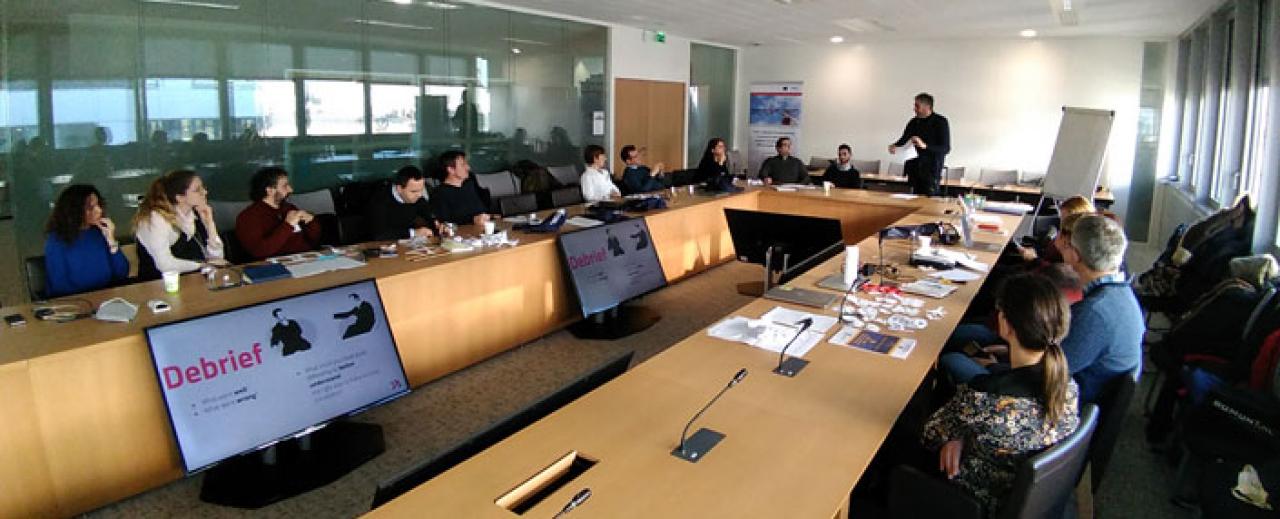
By Loris Gherra
“No matter how far you went along a wrong path: Go back”. (Turkish proverb)
Minimum viable product. Why is it so important for generating innovation within an organisation?
Is it applicable for a public administration?
A minimum viable product (MVP) is a concept from “Lean Startup” that stresses the impact of learning over delivery, in process of new products and services development. Eric Ries (creator of the Lean Startup methodology and author of the popular book The Lean Startup) defined an MVP as: “That version of a new product which allows a team to collect the maximum amount of validated learnings about customers with the minimum effort”.
This concept has been applied to the Innovato-R project. Some of the key factors identified for the Innovato-R project were “Not ideas but small, realistic, feasable projects”, or “Public employees can innovate. Innovation as matter of people”. An ambitious project that needed an innovative approach to be realized, and MVP methodology should be a valid method to work with “Minimum action that can be implemented in the short term”.
The primary benefit of an MVP is you can gain understanding about your customers’ interest in your product without fully developing the product. The sooner you can find out whether your product will appeal to customers, the less effort and expense you spend on a product that will not succeed in the market.
The MVP, despite the name, is not about creating minimal products. If your goal is simply to scratch a clear itch or build something for a quick flip, you really don't need the MVP. In fact, the MVP is more powerful and more demanding: the commitment it requires in being designed and executed, is directly proportional to the cost of doing no MVP, and completely failing to release your innovation. You may think that talking to customers, monitoring metrics and analytics, requires a lot of energy: indeed. And yet, it requires no more energy than needed to develop your product and then having to go back because you were wrong. And you will be wrong, most likely: the probability of making a mistake is objectively very high if you are developing a true innovation. If you think it is not true in your very specific case you are just deluding yourself.
A key premise behind the idea of MVP is that you produce an actual product, lighter than your ideal product (which may be no more than a landing page, or a service with an appearance of automation, but which is fully manual behind the scenes) that you can offer to customers and observe their actual behaviour with the product or service. Seeing what people actually do with respect to a product is much more reliable than asking people what they would do.
The fact that you need to validate with appropriate learning, long before finalizing your product, is: “Will my prospect customer purchase my product?”.
This concept was the focus of the session of Cosimo Panetta (founder and president of the innovation consulting The Doers*) in the kick-off meeting in Paris (14-14 February), on Lean Design Methodology for innovation and, in particular, on the correct approach for building a pilot.
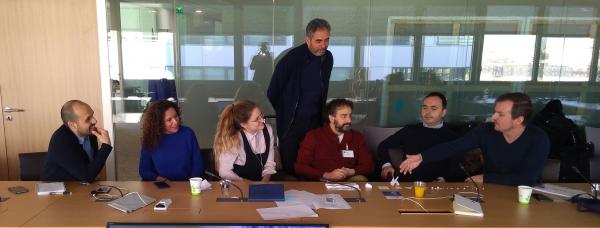
An innovation has a great affinity with a startup. They both represent new ideas, which may or may not have an objective response, be appreciated, and be effectively used by the consumers or by the users of the services or innovative practices.
The fundamental aspect, according to Panetta, is to minimize the risk of irrecoraverable failure - the point in which you cannot apply the Turkish saying. From 65% to 90% of the innovations are facing a failure. Instead, the development of a successful innovation progresses only by experimenting and testing interest of the end user and the feasibility of the solution, both from the user experience and technology perspective.
It may happen that an innovative idea, a new project, is brilliant on paper, and nevertheless it does not meet the needs of the consumer: therefore it fails.
The MVP stays at the core or the experimenting and testing disciplined practice: it represents the best strategy to acquire the maximum learning with the minimum investment of resources. The strategy to start well with an innovation is to learn quickly through numerous iterations.

According to Cosimo Panetta six rapid iterations most likely produce more learning than 3 clicks of longer experiments.
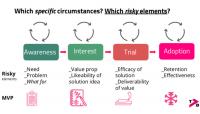
1) Awareness
The riskiest factor is: does your audience / your customer / customer have a problem to get rid of, that deserves your attention?
2) Interest
The solution does not exist yet, and you want to have an indication of the potential interest in the product. You may have understood the problem, but have completely failed the concept of the solution...
3) Trial
You want to make sure your customers are happy, and to solve their problems appropriately. Therefore you need to validate the fact that the concept idea - although validated - actually works.
The big question is: How can you check the attractiveness, or the efficacy, of the solution, without actually developing the final solution? How can you test the interest in a product that is not yet developed? Answer: creating something that imitates it, suggesting that the product is already available and delivering the benefit without the product.
Panetta illustrated during the meeting various testing practices like the Fake Door, or Pinocchio, Impersonator, Wizard of Oz, Concierge and Prototype.
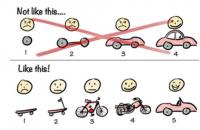
4) End of the process is the Adoption.
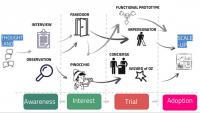
In a context of shrinking of public resources, even more methodologies focused on use of minimum investment of resources raise the attention of cities as key elements to introduce, validate innovation and activate change processes.
And it’s not by a chance a main result of the training session in Paris was the request of the partnership to continue to invest in capacity building on these issues.
In the next project meeting in Murcia (4-5 June), Liat Rogel (founder of HousingLab, freelance service designer and design teacher) will guide the partner cities, with the MVP technique, to understand their Capacity Building, focusing on short term actions in their own contest.
Liat Rogel explains that according to the good practice of social innovation it is necessary to take into account the context in which to introduce them, evaluating both the resources put in place and the cultural and economic barriers that can be created in different local contexts.
In Murcia we will try to frame for each participating city its local context and its characteristics, applying startup methodologies, bringing examples of companies and projects and identifying for each public administration the minimum action that can be implemented in the short term. Without losing the big picture and the long-term objectives.
* The Doers is a consulting firm founded in 2010 in Turin, which helps large companies and organizations to manage today's growth, and to prepare for tomorrow's transformation: turning into innovation ecosystems and using a scientific-experimental approach to design products and services that the market really needs.
